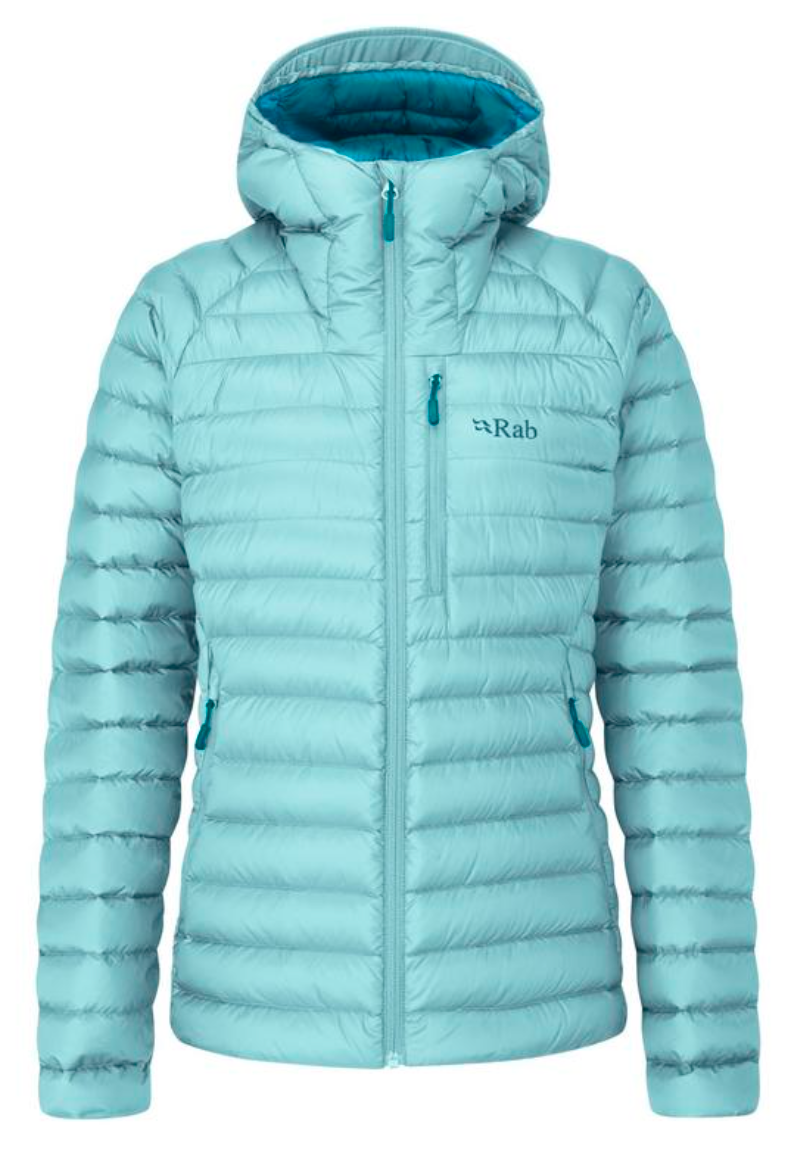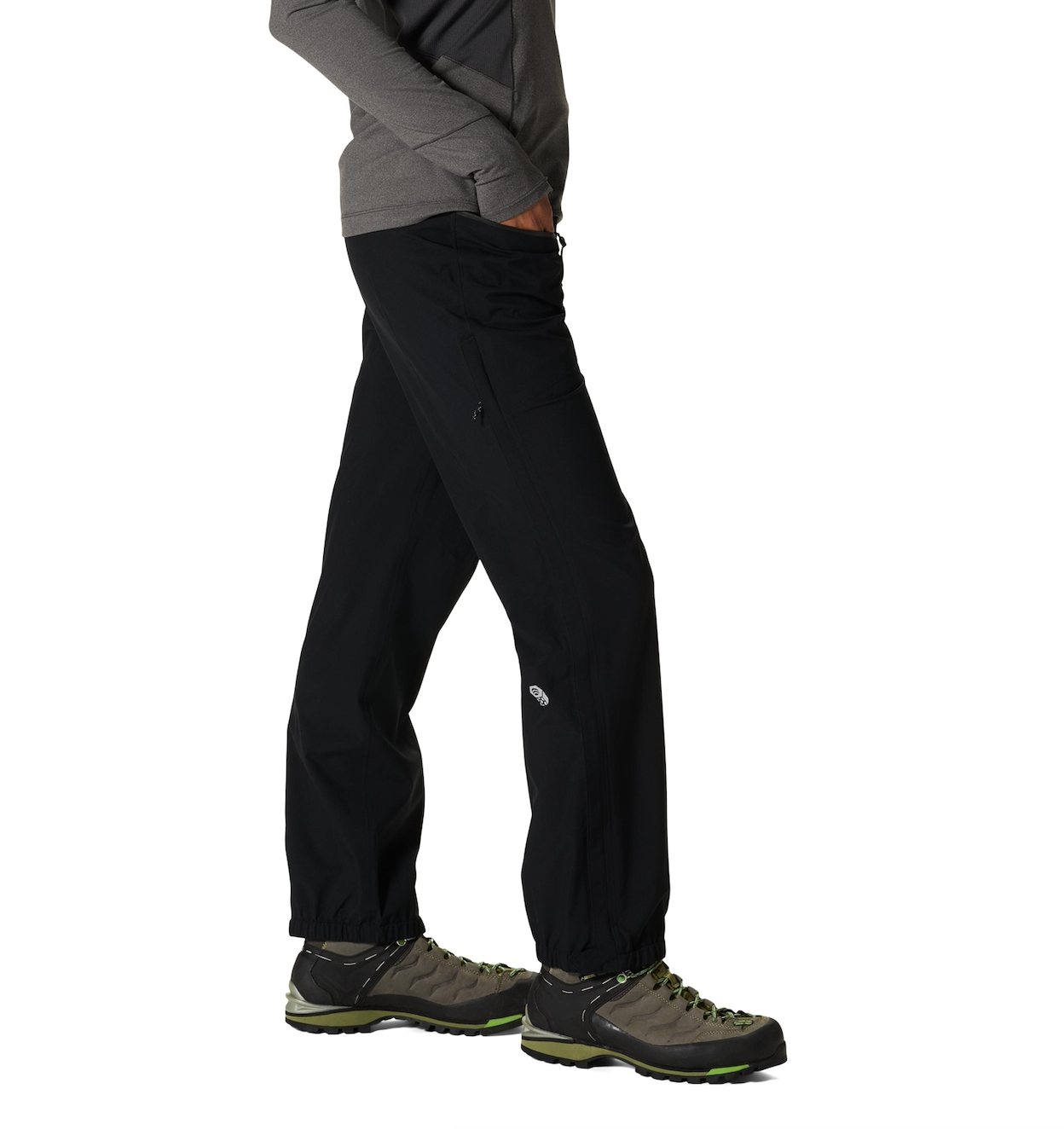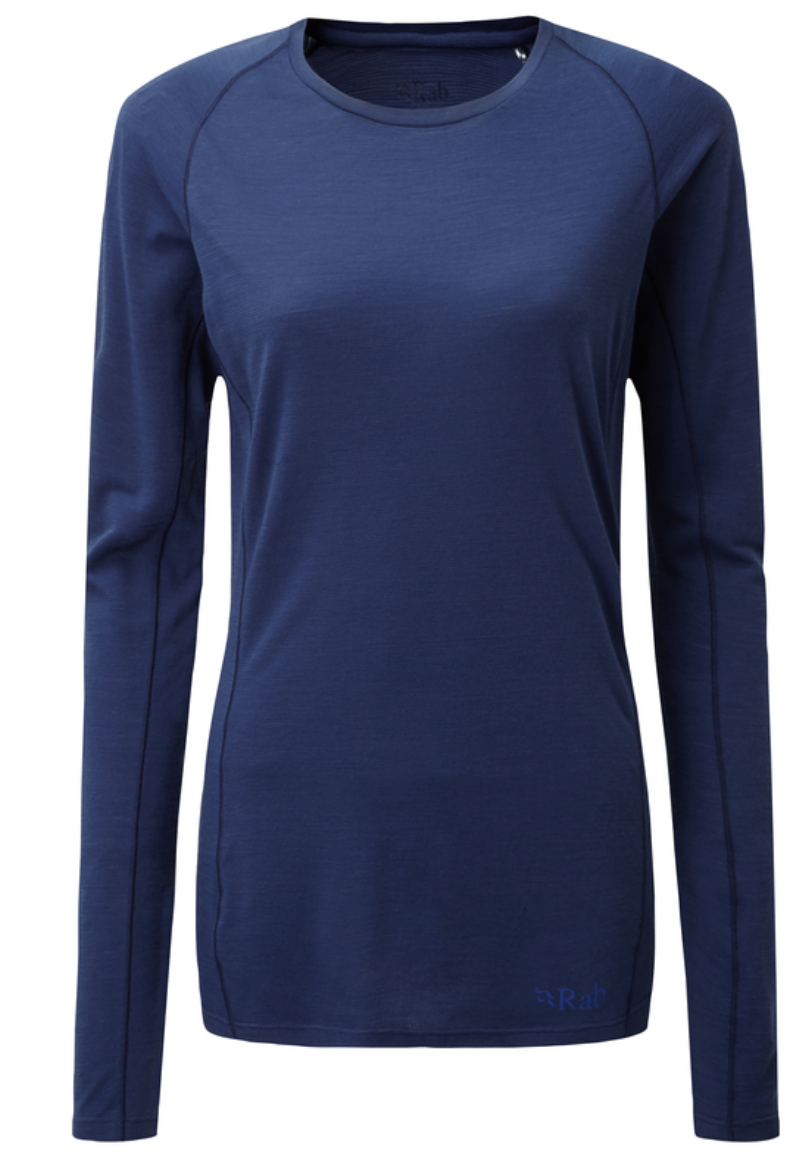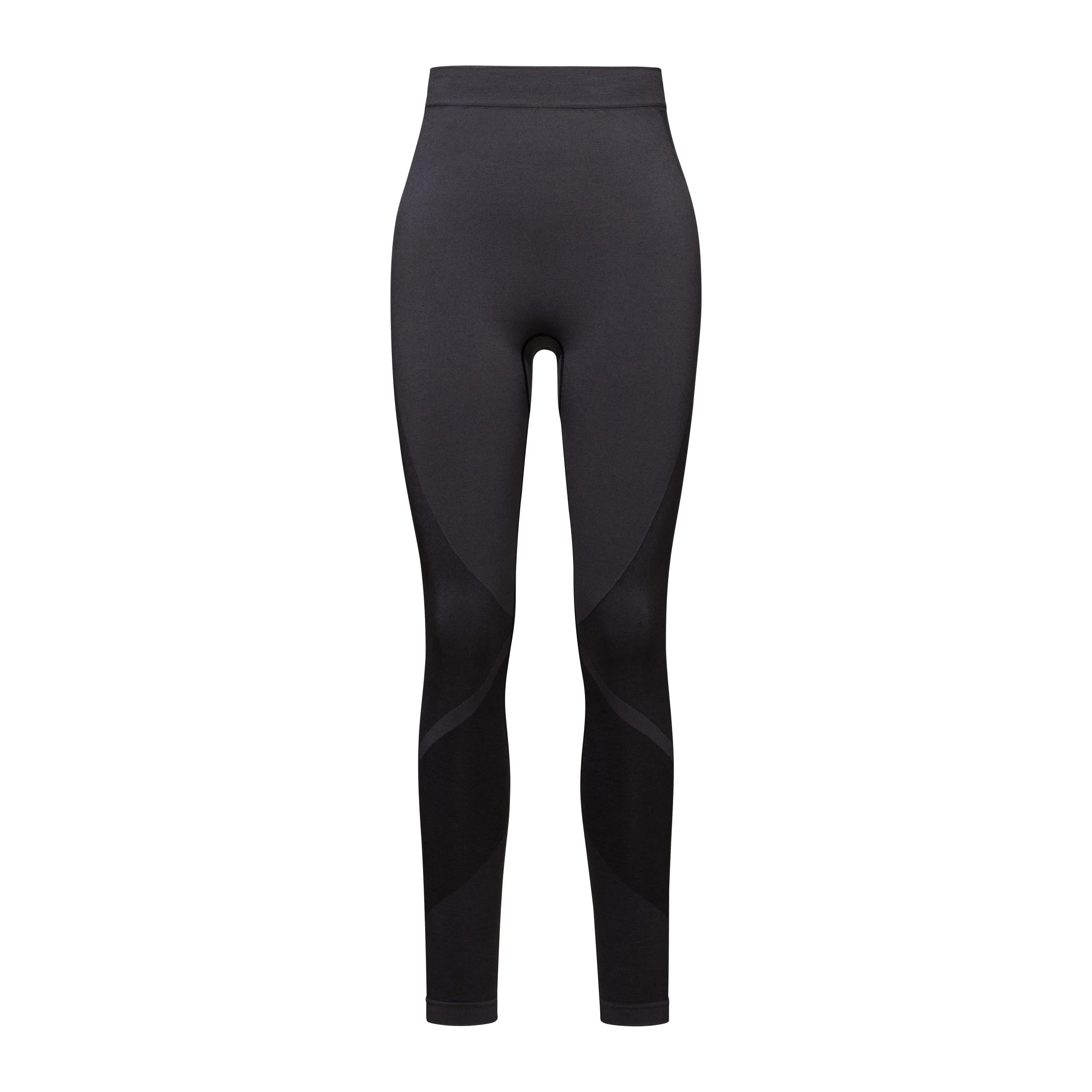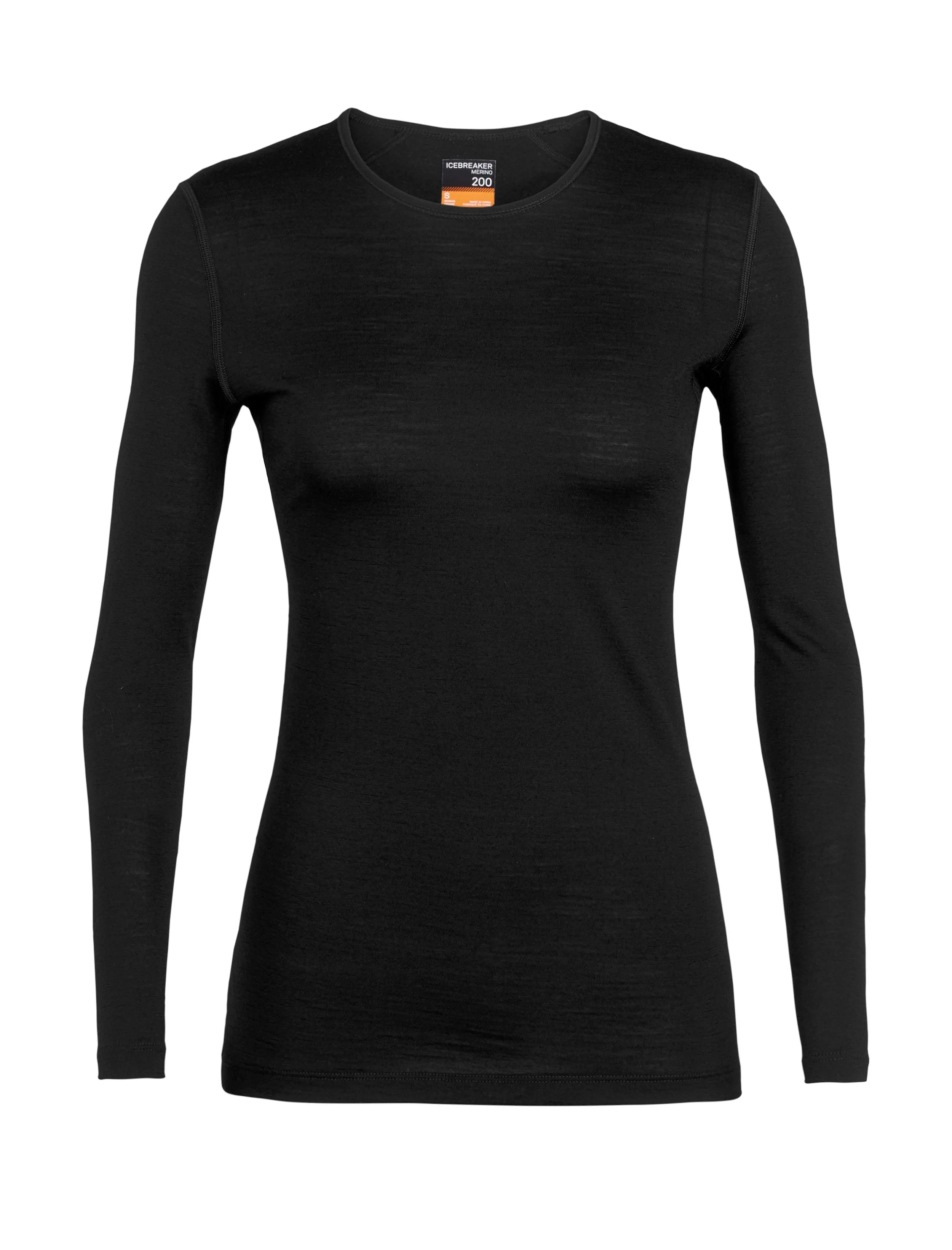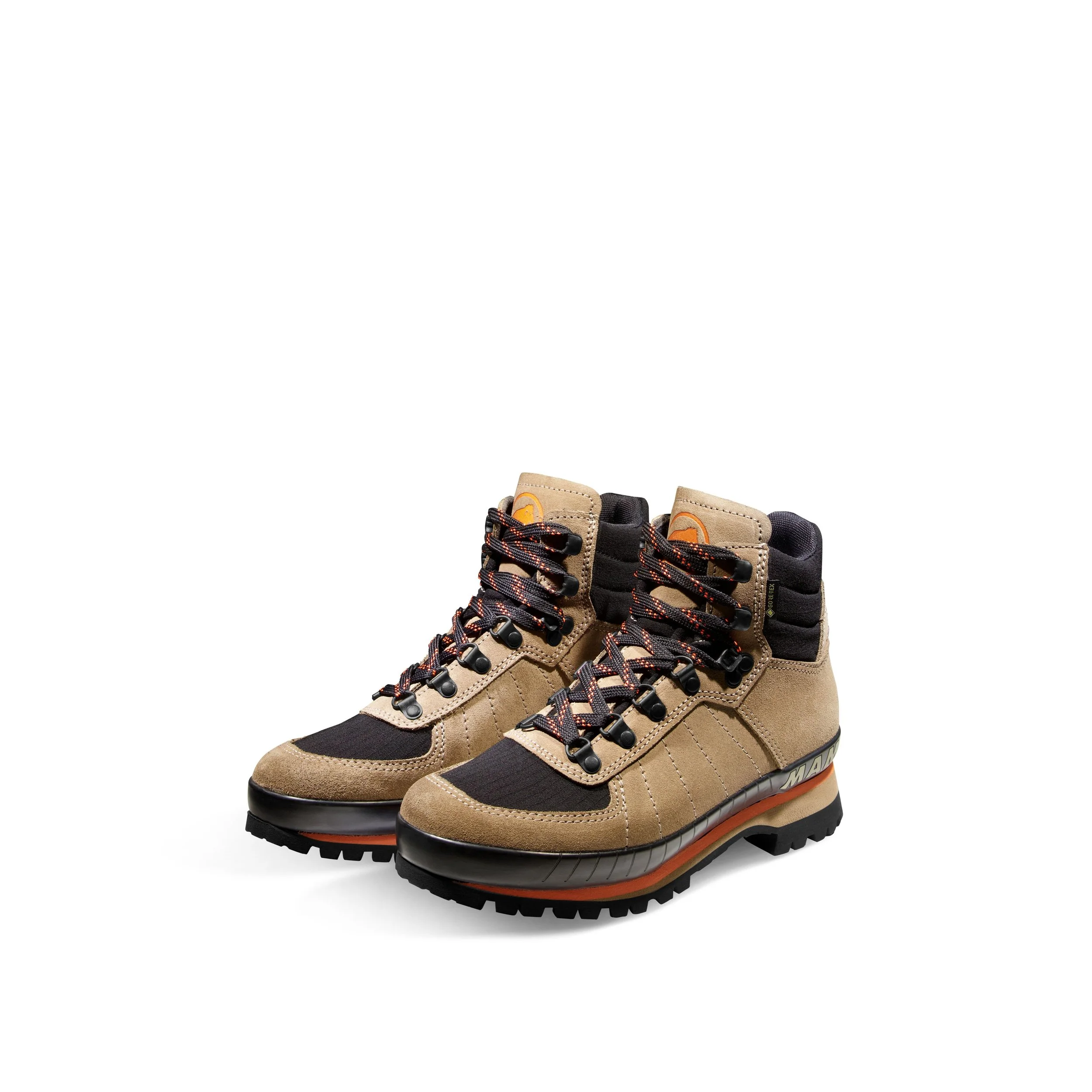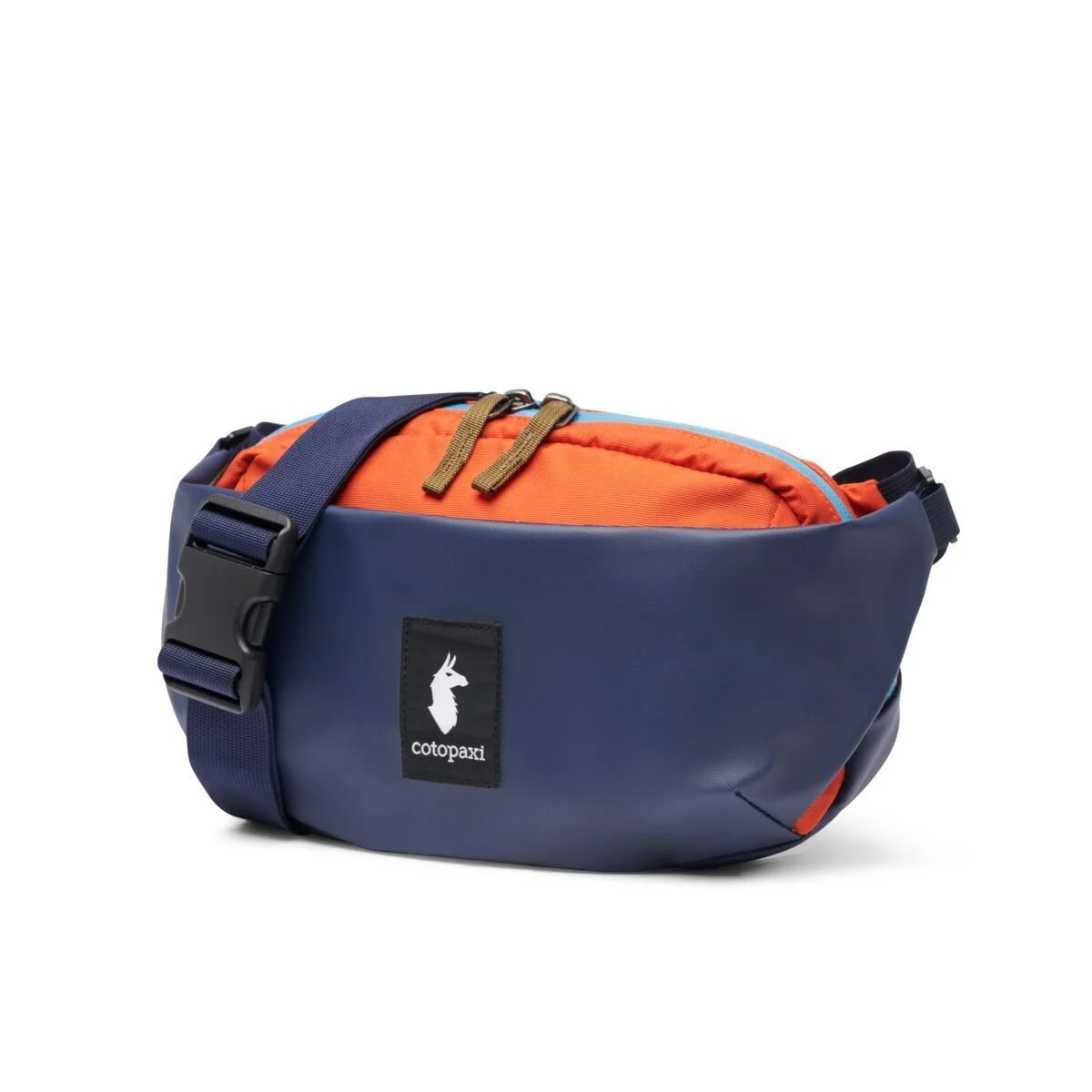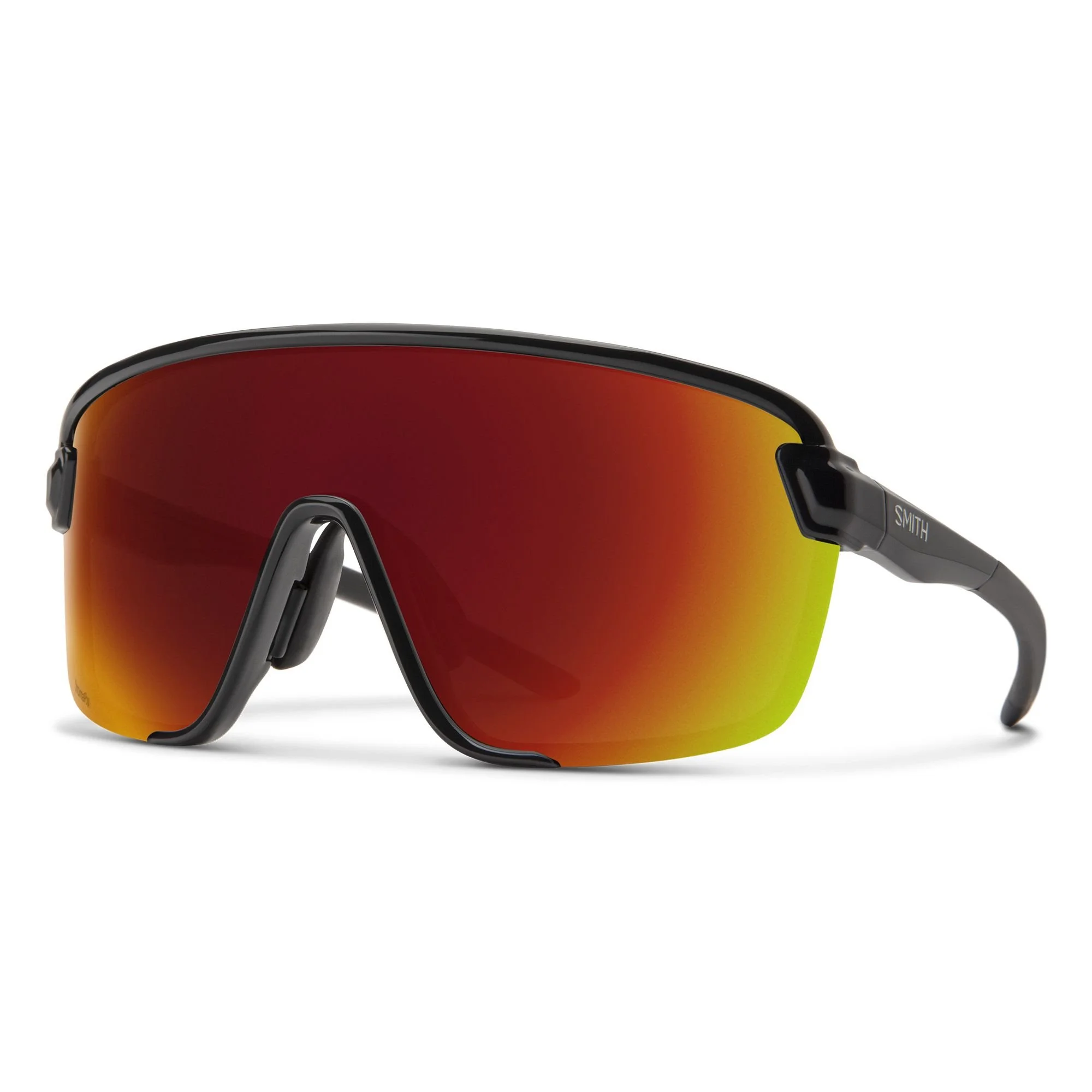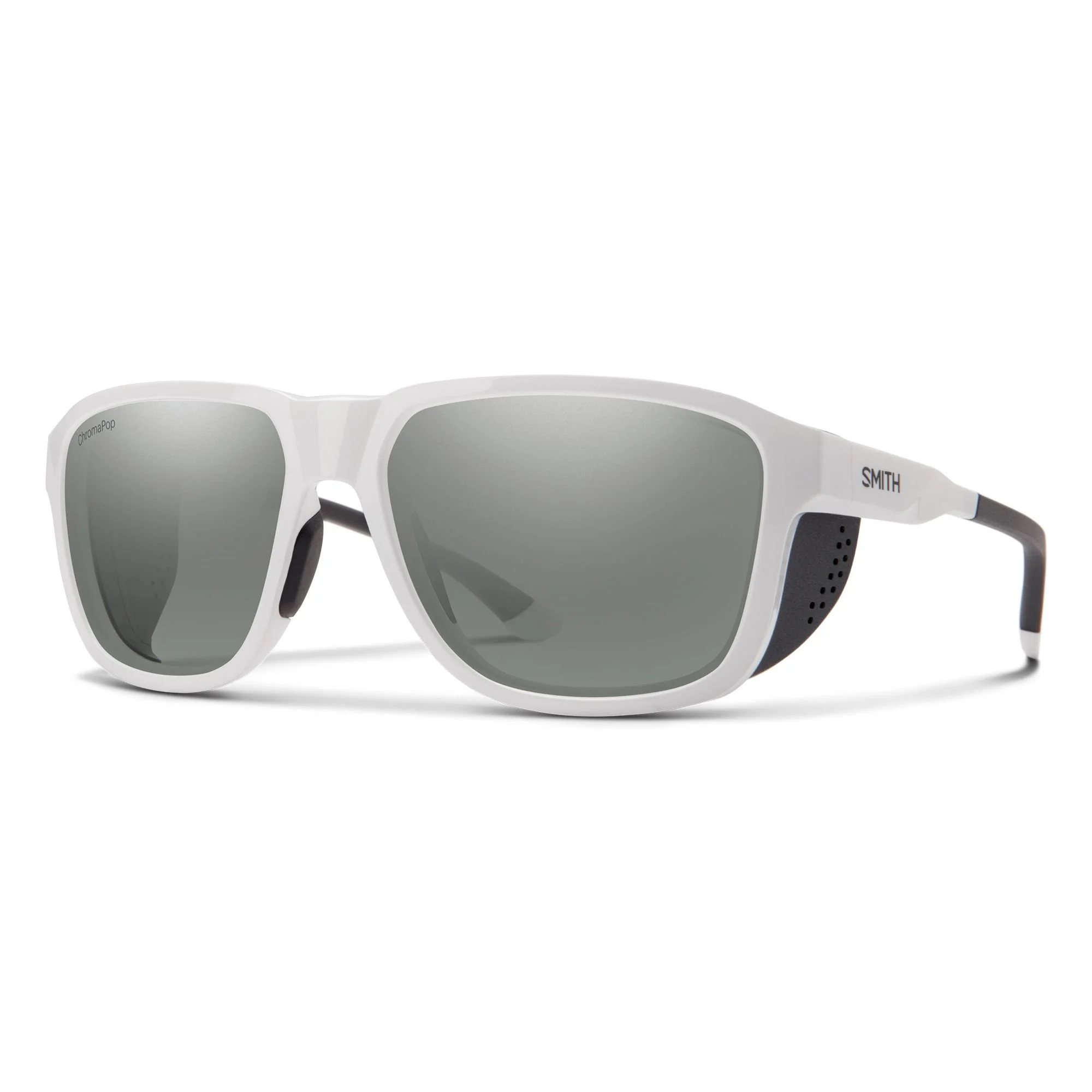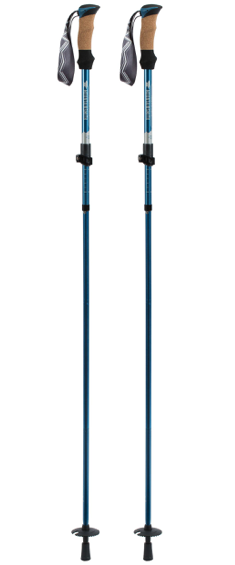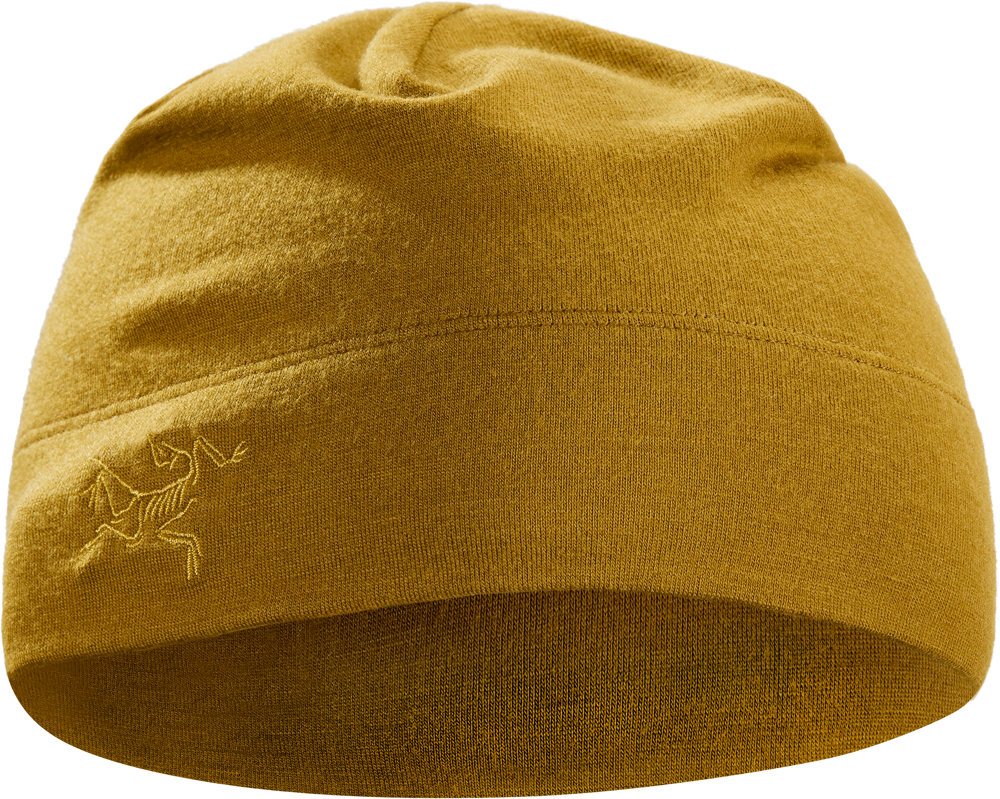The Great Outdoors: A Trek to Everest Base Camp – The Essentials Edition
A trek to Everest Base camp involves a fair bit of preparation, even more so if you are not going with an Expedition company (I chose G Adventures). Being a novice to multiple day hikes (even summiting Mt. Fuji was just overnight), I knew I was going to have my work cut out for me. Luckily, I had the help of a good friend who was more well versed in the great outdoors than me. This roundup is a joint effort with input from my friend of over 20 years and now trekking partner in crime, Kathy. For review – the trek to Everest Base Camp is a total of 12 days. It takes 8 days (including acclimatization days) to reach Base Camp and 4 days back. Our group ended up losing a day due to bad weather, but made up for it by trekking for longer periods during our descent.
The Layers
If you know anything about long distance activity, it’s all about the layers. And with that, the fabrics and materials become especially important. As a rookie, I knew this – but did not fully understand how important it would become. Let’s start from outside looking in:
The Shell Jacket: It boggles my mind how the lightest, thinnest jacket is also the most expensive. It has to do with the intense layer of GORE-TEX that coats the shell. The Rab Women's Kangri GORE-TEX Jacket has 3-Layers of GORE-TEX waterproof technology (70D) with a recycled outer fabric. There is a nice fleece lined chin guard for comfort, the adjustable two-way zipper is great for those with a short torso. And it’s totally waterproof.
Compact Down Hoody Jacket: For the record, I love hoodies. They provide extra warmth in a pinch. Once we passed Namche Bazaar (3440 m), the mornings were chilly until the sun came out to say hello. For the majority of the ascent, I wore the Rab Women's Microlight Alpine Down Jacket. It’s tried and true – wear it on the mountain or in the city. Besides the quality, I appreciate the Rab’s colorways. If you like something with a bit more of a shine, try The Mountain Hardware Ghost Whisperer/2™. It has a flattering waistline with the best fitting hood ever. As an added bonus, both of these hoodie’s fold into small packs (included) which can double as a neck pillow.
Pants: I knew at some point, my normal exercise tights were not going to cut it. I was going to need something that was waterproof. These Mountain Hardware Women's Stretch Ozonic™ Pants fit the bill.And since these were my only pair of fully waterproof pants, I wore the same outfit 4 days straight. I liked how the side zips made it easy to de-layer mid-trail so that I did not have to take off my boots in the process. They also kept my tights clean underneath from all the dust and were easy to clean post trek.
Mid and Base layers: The mid-layer, Cotopaxi Teca Fleece Hooded Half-Zip Jacket was great over my T-shirt during the day, or over top layers at night in the Tea Houses. The kangaroo pocket is the best. Useful for hauling your cell phone, the enormous key for your Tea House room and a travel adapter all at once. I love the Cotopaxi’s vibrant colourways. Besides being made from recycled fleece, the polyester taffeta accent is recycled from other companies’ deadstock fabric supply.
The last time I wore a base layer, I was in grade seven, cross country skiing. So yes – it’s been a while. Merino in all forms is the way to go which I rotated throughout the trip. The Rab Women’s Forge Long Sleeve Tee is a lightweight Merino blend base layer, great for warmth, breathability and to add a punch of color to your outfit. 4 days in a row I wore the icebreakerWomen's BodyfitZone™ Merino 150 Zone Long Sleeve Crewe Thermal Top layered over my Rab top. It was perfect once the sun was out and we were on the ascent. The top is on the longer side and can be a tad itchy, but layered over another top it's solid.
On day 5 or 6, I switched it up and wore the MAMMUT’s Trift Long Tights under my exercise tights. I found it too hot, but perfect under my thinner waterproof trekking pants. Their tailored shape conforms to the body eliminating the need to pull them up over time. The insulating tights have merino wool which helps regulate body temperature and inhibits odors. I saved the icebreaker Women's 200 Oasis Long Sleeve Crewe Thermal Top & Thermal Leggings as my sleeping wear. That was one of the best decisions of the trip. I doubled shirts up past 4000 meters as temperature dipped below zero on cold nights in the freezing Tea Houses.
The Accessories
Boots: From the waterproof Gore-Tex® membrane to the secure-grip vibram® tread outsole, these MAMMUT Yatna II High boots worked well on the 12-day trek. Taking a short period of time to break in (less than a month), not one blister was found after the Everest Base Camp adventure. The boots retain their shape and can be resoled.
Bags: This vibrant Del Día collection from Cotopaxi turns deadstock material from other brands into backpack and packs. This Coso 2L Hip Pack - Cada Día has more pockets than a substandard zip fanny pack. The two zippered pockets connect and have a helpful reservoir for easy access to your water bottle. Perfect for the acclimatization hikes when our group did not need a full pack. It was extremely comfortable worn crossbody or around hips.I wanted a pack that checked the boxes – light, supportive and had had tons of storage potential and found all that and more in the Mountain Hardware Scrambler™ 35L Backpack. The 4-Layer Dimension-Polyant™ fabric is durable and lightweight surviving the literal throws of a short flight from Kathmandu to Lukla. All the zippered pockets were great for stashing passports and visas while we were in transit. I was concerned that I didn’t have a rain guard for my bag, but thankfully the bag is waterproof.
Eyewear: I knew we would need to have some quality eyewear, something that looks as good as it functioned. SMITH delivered on both of the styles that I sported throughout the trip. The first is the Bobcat, with a slight wraparound fit, with ChromaPop™ lenses. The nose pads were secure and provided the best comfortable non-slip grip ever. There was minimal fogging even when I wore my neck buff. The Bobcat’s hardshell case is big enough to carry a few pairs of shades; I fit three! The SMITH Embark are equally stylish shades with cool white frames and ventilated side shields. I wore them in low lighting, mostly on the descent. Highly recommended for any sport requiring eye protection from the glaring rays.
Trekking Poles: The Mountainsmith Halite 7075 are my first pair of trekking poles. The updated version is built with aluminum and is collapsible to 16”. The wrist straps and the EVA handles are comfortable, even with gloves. Being a newbie, I really appreciated the YouTube video on how to adjust your poles. All Mountainsmith products come with the Forged for Life Guarantee, the official Mountainsmith lifetime warranty. Used more than not, I found them helpful on the descent with the uneven rocks and stairs.
Socks: I first learned of this company a few years ago, but if you are a regular to the outdoors then, you should not be a stranger to Darn Tough Vermont socks. Available in different heights and cushions (I went for midweight), the socks are guaranteed for life. Conveniently available in multipacks, like the Women's Hiker Cushion Quiver 3-Pack. They kept my feet warm in the frigid cold nights and dry during the day. For half the trek, I wore the Arc’teryx Merino Wool Lightweight ¾ Crew Sock. I was pleasantly surprised about how well they fit well in our hiking shoes, the support given and how well they wash.
Headwear: It was after the second day when I decided it was time to start wearing some head protection. On colder days, I would wear The Lid by Smartwool. Made from Merino wool, it also has an interior headband liner which helps wick away the sweat. On warmer days, I wore the Arc’teryx RHO LTW BEANIE which had a lighter weave and accented my Rab down jacket well. After taking a few warm showers and then having to retreat in the freezing cold to get back to the room, I started to wear The Smartwool Thermal Merino Reversible Headband to bed.It was great to keep my damp hair at bay and my ears warm.
Gloves: Although you didn’t need gloves throughout the trek as much as I thought, the Rab Women's Power Stretch Contact Grip Glove was very comfortable. Made with Polartec® Power Stretch® Pro fabric, the grippy palms made it easy to grab phones and water bottles without removal. I ended up doubling up on the two coldest days with the MAMMUT Astro Glove. The Gore-Tex Infinium™ Windstopper® material on the back of the hand is windproof and breathable, the synthetic leather across the palm is robust and abrasion-proof. The weather was constantly changing by the hour and by the afternoon – they found themselves back in my pack. The clip is a nice feature to keep the pair together. Stay tuned for The Great Outdoors: A Trek to Everest Base Camp – The Comfort Edition!

